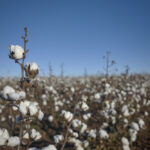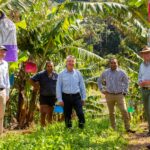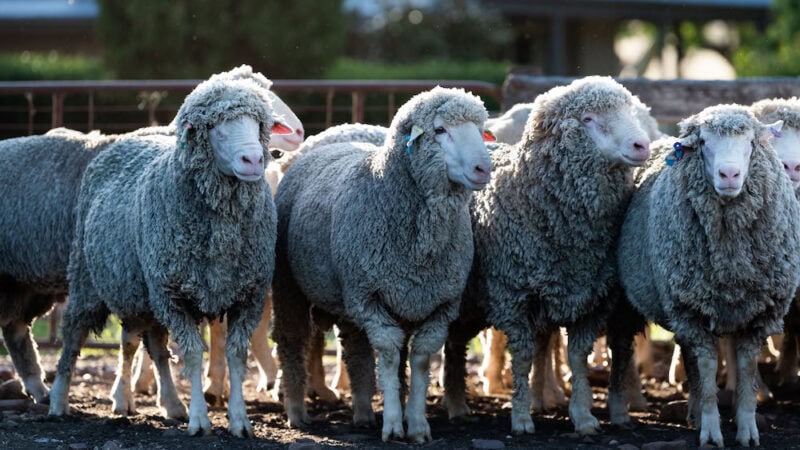Dry land, irrigation, integrated pest management, crop rotation. Most of these words and terms are…
Sunny side up � NSW’s sunflower industry
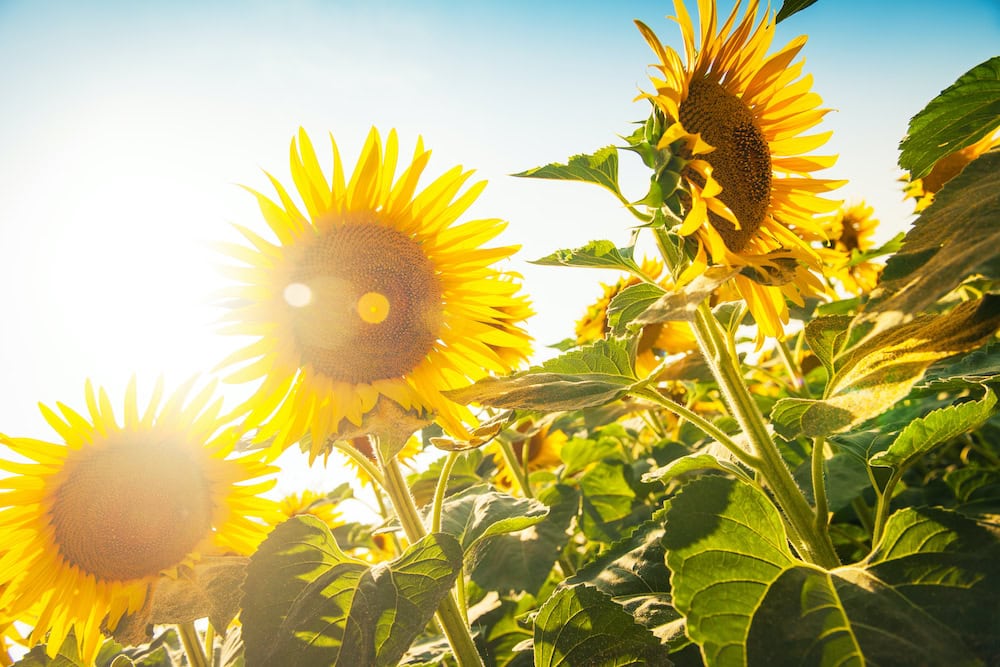
Native to North America, the common sunflower (Helianthus annuus) was introduced to Australia in the late 1800s to be grown as a source of poultry feed. It wasn�t until the 1940s that its use as an oilseed crop became prevalent and the sunflower industry began.
Over the past 10 years, the bright, yellow blooms covered up to 3,000 hectares of agricultural land across northern New South Wales, and Queensland. The trend spread to the irrigation areas of southern NSW and Victoria, and to the west, particularly in the Ord River catchment area of Western Australia. However, the ongoing challenges of drought and the closure of the largest sunflower oil processing facility have seen many growers drop sunflowers from their crop rotation. Only a handful of large-scale producers remain � those with strong irrigation systems or farms located in areas where conditions have been favourable for rain-fed production.
The biggest challenge, according to Australian Sunflower Association Chairman Dennis Ward, has been the lack of a bulk oilseed market for sunflowers, and competition for land compared to other summer crops � particularly sorghum and cotton.

�Growers who include sunflowers in their rotation most years usually have established a strong relationship with a buyer or trader,� Dennis says, noting that seasonal conditions have not supported large plantings of the sunflower crop in the traditional growing areas for several years.
Dennis stresses the importance for growers to establish a relationship with potential buyers and negotiate a contract if possible before planting en masse. Currently, there are around 20 companies in Australia who buy sunflower seed either for direct sale or processing into various other products.
Prior to the 1980s, the majority of Australia�s sunflower crops were comprised of polyunsaturated oil varieties. When the market experienced a shift, triggered by increasingly health-conscious consumers, domestic production largely moved to monounsaturated varieties.
The sunflower has myriad uses � oil for cooking, kernels for snacking, seed for stockfeed. Sunflowers are even used to develop some paints and industrial lubricants. From commercial operations to backyard hobby farms, opportunities abound for growers in the sunflower game.

A healthy snack alternative
Rather than reaching for a handful of nuts, Australians might soon be curbing their cravings with a serving of sunflower seeds. The phrase �split and spit� may not be the most eloquent way to describe the common method of consumption, but it�s really no different to cracking open a pistachio. The edible part of the seed
the sunflower kernel � is high in vitamin E, selenium, phenolic acids and flavonoids which function as antioxidants to protect your body�s cells against free radical damage. Sunflower kernels are also commonly used in breakfast cereals, bread and snack bars.
Edible sunflowers must be specially cultivated to ensure that a large enough seed is produced, and that it can easily be dehulled. While conventional sunflowers produce seeds maxing out at 14 millimetres long, edible sunflower seeds can grow up to 22 millimetres. Moisture stress during development can negatively impact the hull to kernel ratio, therefore edible sunflower seeds tend to grow best under irrigation.
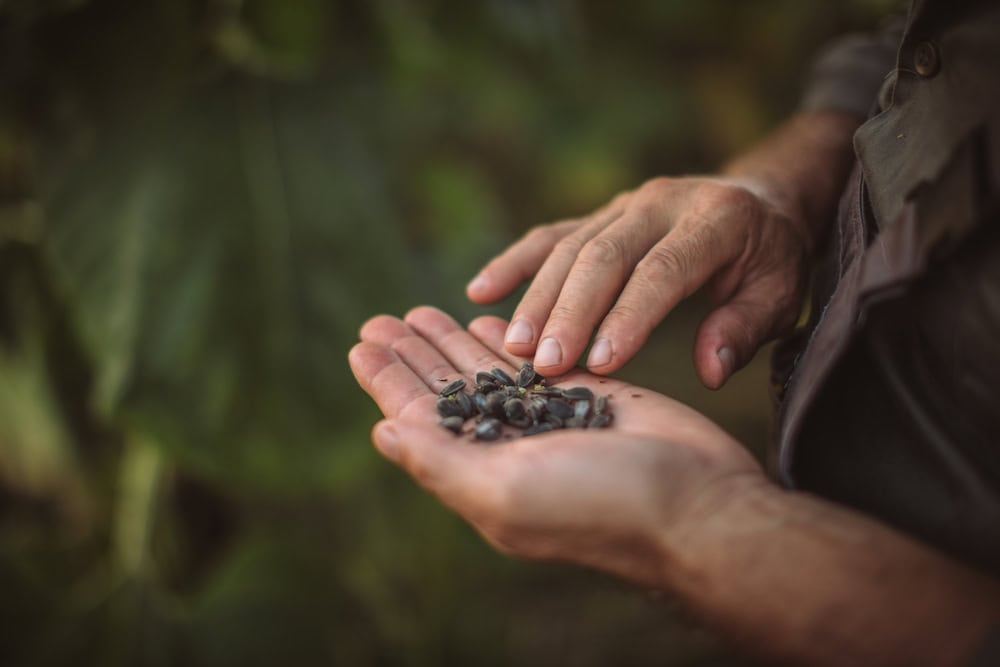
The market for sunflower kernels in Australia is hot, but domestic growers are currently missing out. �Sunflower seed kernels for human consumption are worth about USD $10 million but the bulk of this demand is currently met with imported products,� Dennis says.
Cooking up a storm
Of the approximately 5 million tonnes of oilseed grown in Australia each year, sunflower seed accounts for just 40,000 tonnes, while canola (4.2 million tonnes) and cottonseed (0.8 million tonnes) remain the heavy weights. However, there is a consistent demand for high oleic sunflower oil, the bulk of which is imported from overseas.
�Since the main crushing facilities in Australia ceased processing sunflowers in 2014, there have only been very small amounts of domestic sunflower oil produced,� Dennis says.
Australia currently imports around $100 million of sunflower oil, a market opportunity that some of the smaller vegetable oil processors in regional Australia are keen to tap into.
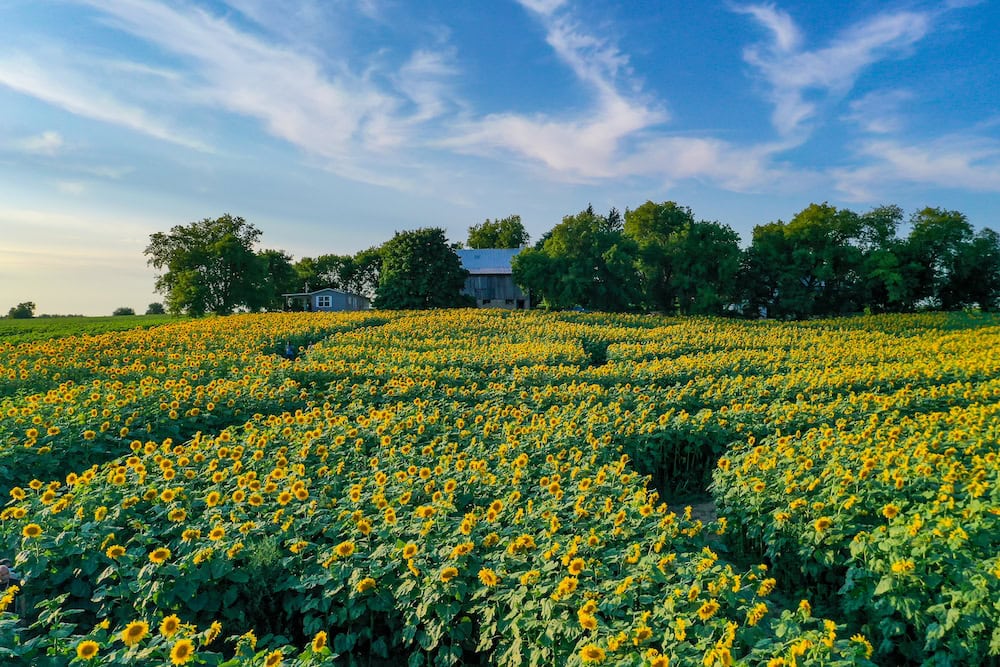
Polyunsaturated sunflower oil is high in linoleic acid and is primarily used in margarine and bottled oils. Conversely, monounsaturated sunflower oil is low in linoleic acid and high in oleic acid, making it the favourable option in terms of its superior deep frying qualities. Australian sunflower hybrid varieties produce monounsaturated oil that far outranks the imported products when it comes to quality.
While sunflower oil is enjoying consistent popularity, it is still competing with other oilseed crops such as palm oil, which remains cheaper across the board, and canola oil, which can be grown in cooler conditions over a longer season.
Feeding the farm
Of all its end-uses, sunflower seed for pet birds, horses, poultry and dairy feed rations are the main uses for domestic crops. The demand has remained strong in the domestic market, and the Australian Sunflower Association is currently investigating the potential for export market development and opportunities as a feed for the burgeoning aquaculture industry.
This market requires consistent seed weight and size � something growers must consider when spacing out rows. Different markets have a preference between black or grey stripe types depending on the end use but on the whole, seeds are required to achieve a test weight of 38kg/hL or more. Sunflower seed is generally included in its whole form in the ration, providing energy, protein and fibre for livestock. Sunflower meal is a valuable by-product of the oilseed crushing process and an excellent feed for intensive livestock feeding.
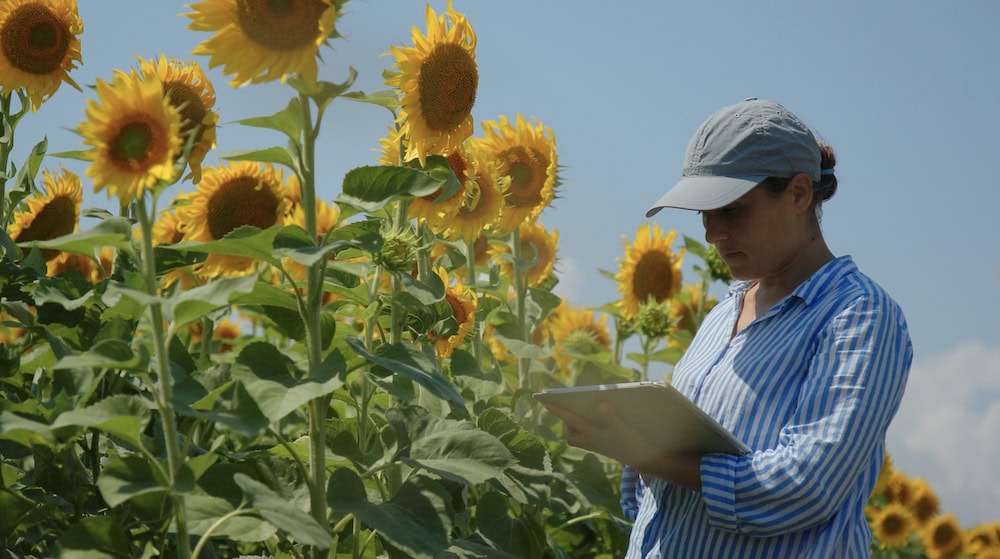
Floristry and agritourism
A big bunch of sunflowers are bound to brighten anyone�s day, and while the retail market for freshly harvested sunflowers makes up a miniscule part of the country�s overall production, it is still a valuable crop for the floristry sector. Ornamental varieties of sunflowers are specifically grown for use in the floristry industry, as are the seeds found at your local nursery or garden centre. Over the last 18 months, florists have been in high demand as consumers opt to send flowers to their loved ones in lieu of visiting in person. The market is expected to stabilise as lockdowns ease, but new opportunities for agritourism will ultimately arise.
The �pick your own’� phenomenon has been felt across various food production sectors as consumers express a desire to learn more about where their produce comes from. Yarramalong Turf Supplies on the NSW Central Coast provides the perfect example. What started as a single post on their Facebook page has blossomed into a highly-sought after tourist activity, drawing visitors from all over the region. Prior to Greater Sydney�s most recent lockdown, the business hosted several Central Coast Sunflower Harvest events, inviting visitors to explore the sunflower fields and pay only for what they picked. The photos that were posted on social media after the first event spread like wildfire and every subsequent event led to sold out events, stripped-bare sunflower fields and very happy customers.
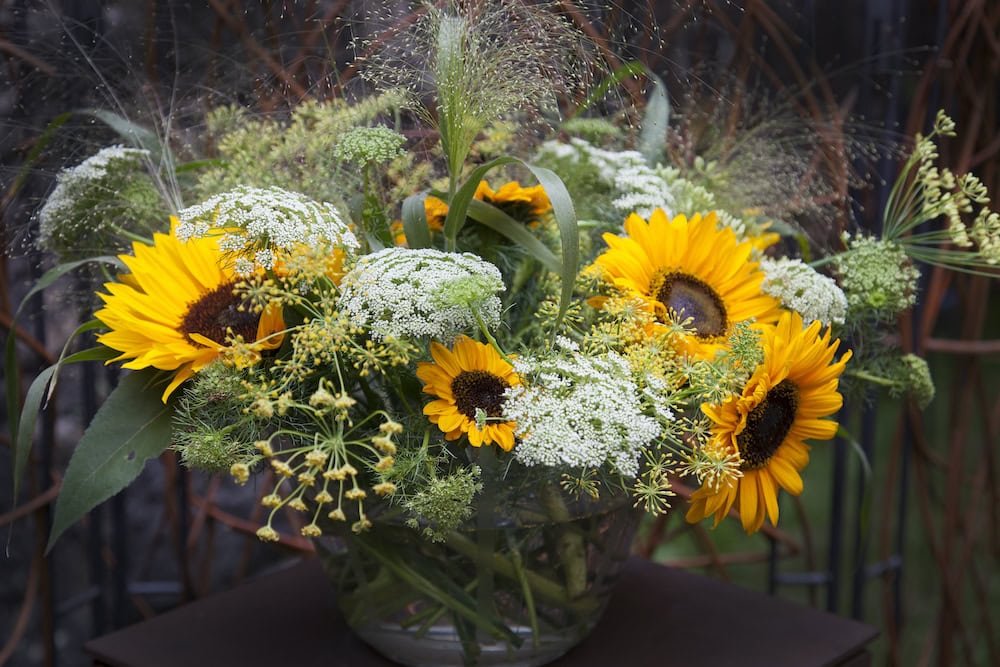
Beyond the crop�s end-uses, sunflowers also bring with them a range of benefits for growers. The sunflower adds much-needed diversity to aid in pest, disease and weed management. Compared to other summer crops such as sorghum and maize, the sunflower�s deep taproot can also help to break up compacted layers of soil up to three metres below the surface, leaving the soil softer and more receptive to moisture. A new herbicide tolerant variety has also been released recently, strengthening the role of sunflowers in summer weed management.
Sunflowers are also being recognised as a valuable plant to include in mixed species cover crop plantings to improve soil structure and water infiltration deep into the soil profile. Such cover crops may be grazed before they are terminated as a green or brown manure to build organic matter in the soil and improve cycle nutrients.
With ongoing research into export potential, crop optimisation and alternative uses for the commodity, farmers shouldn�t dismiss the potential for this bright, versatile bloom.
if you enjoyed this feature on sunflowers, you might like our story on the lettuce industry.


